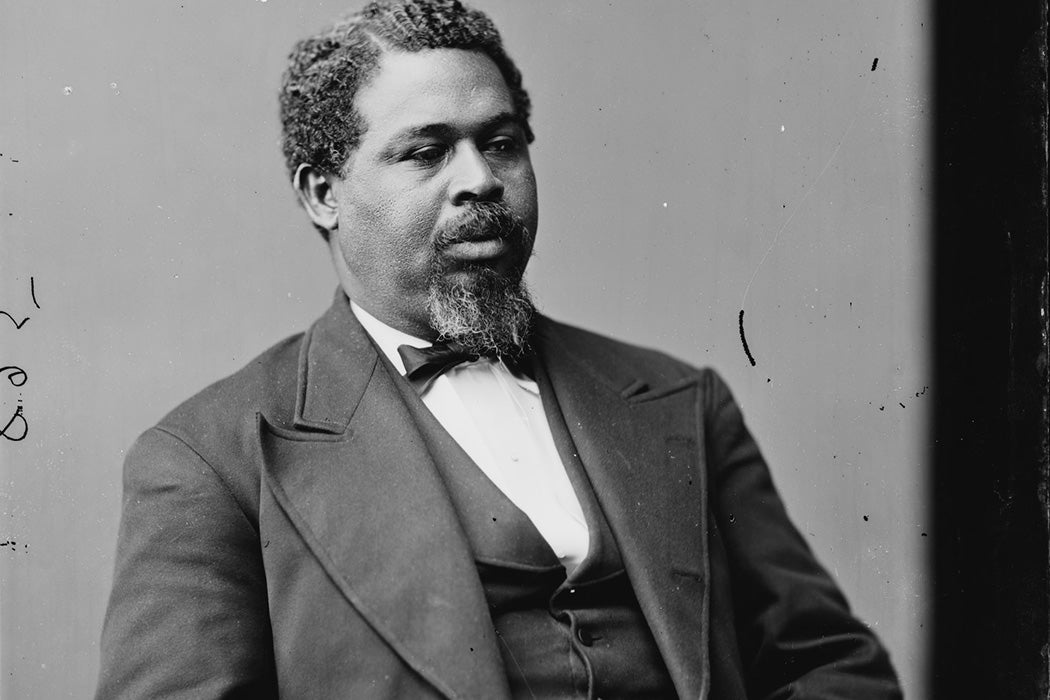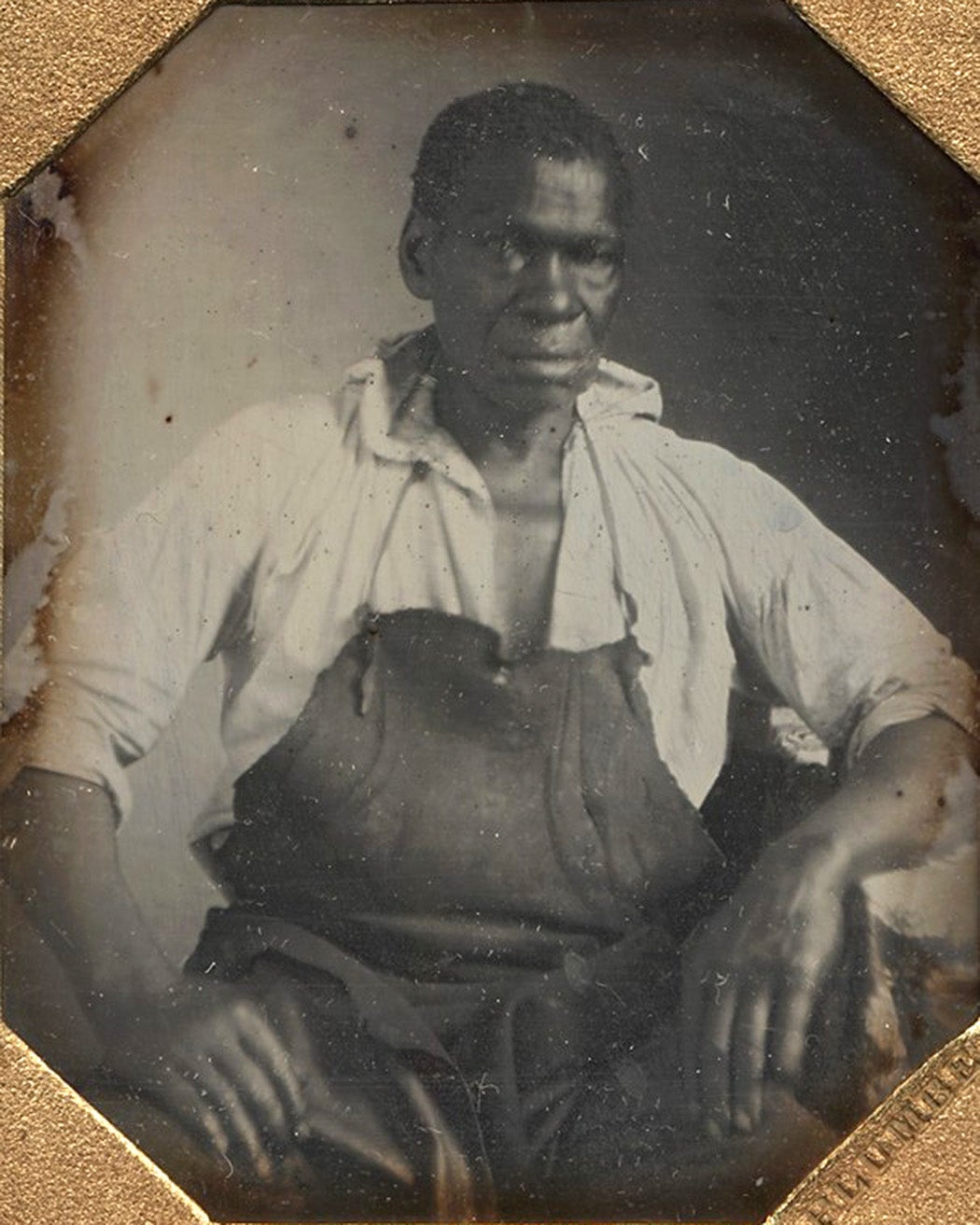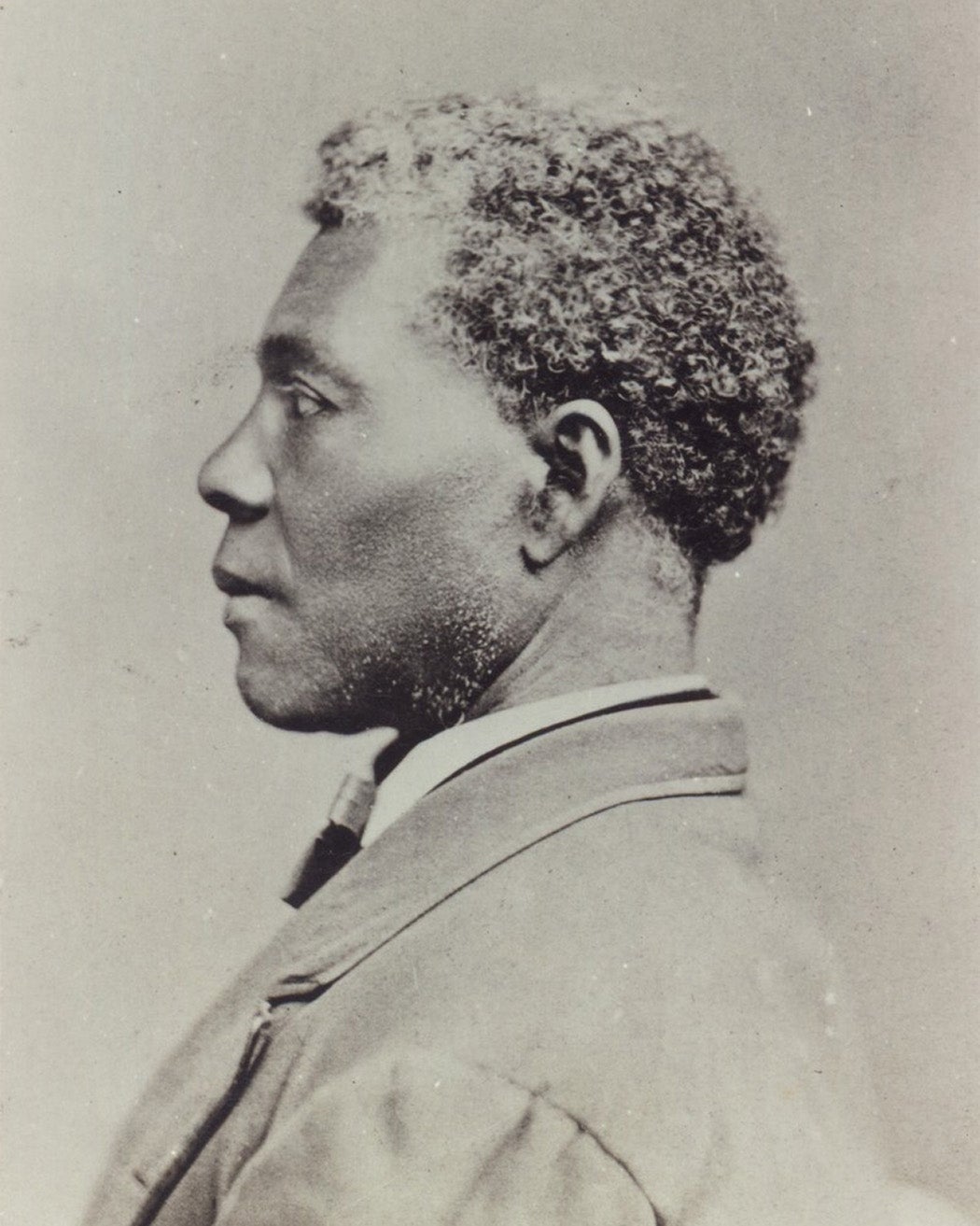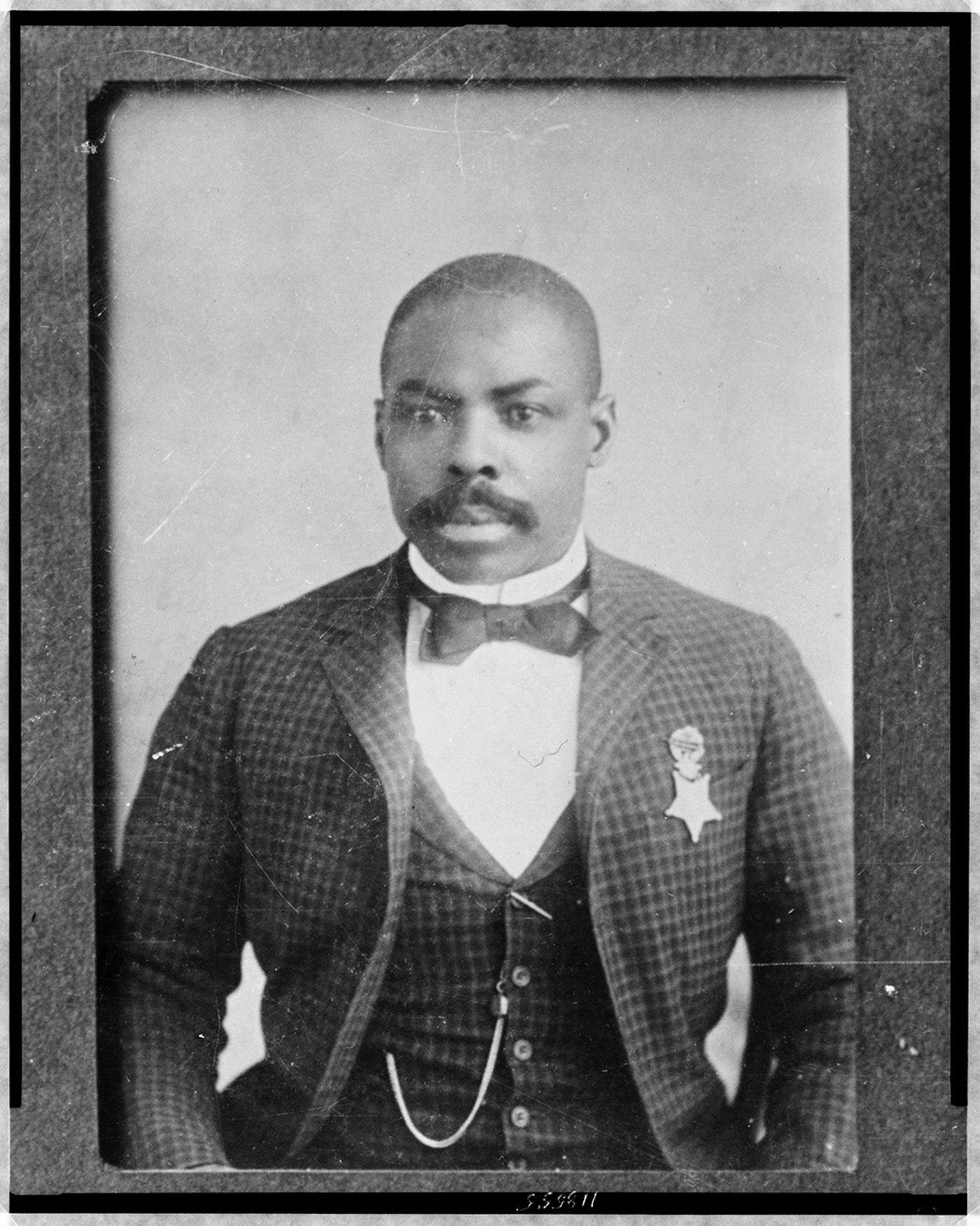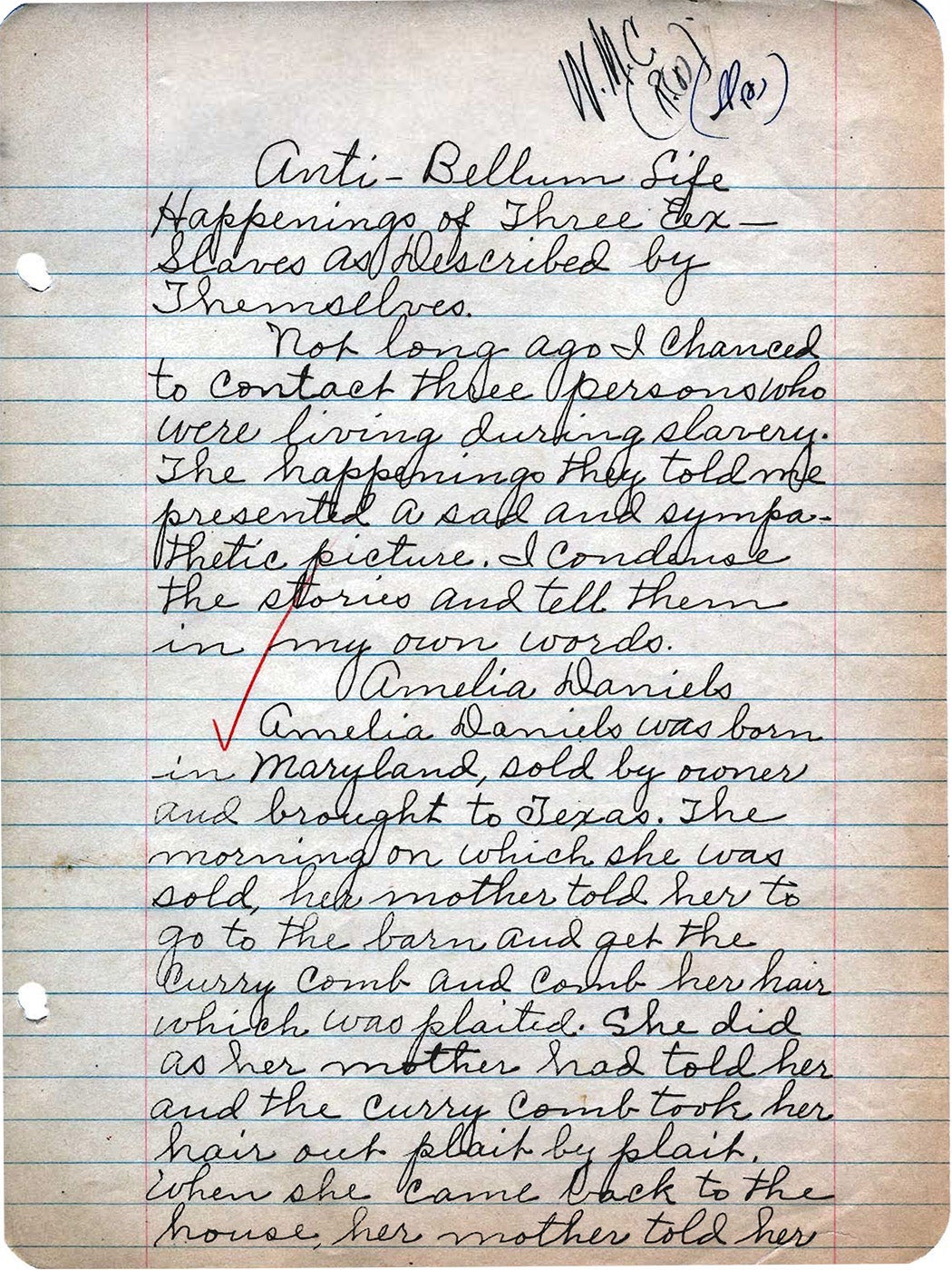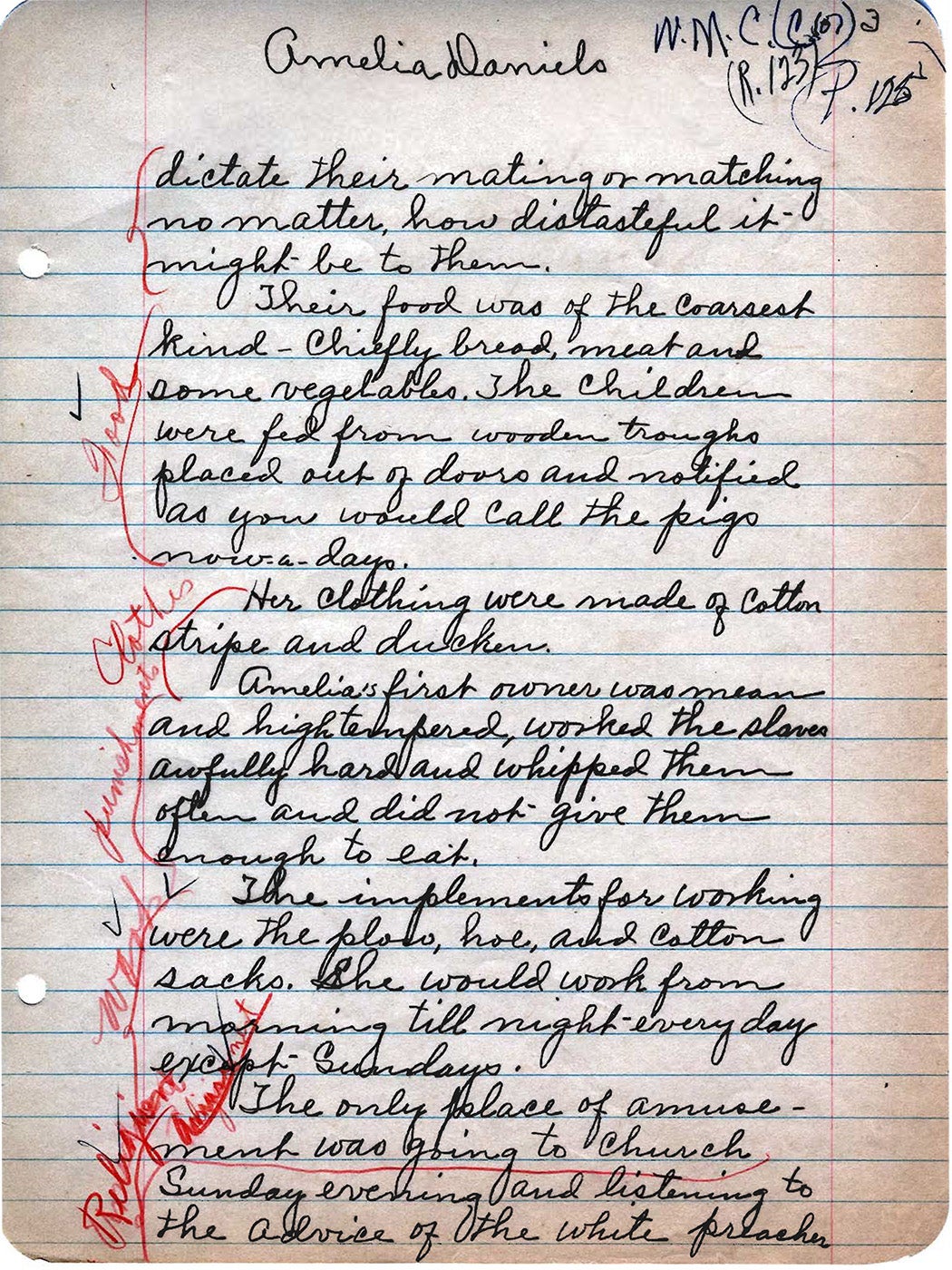Since the early modern era, Black and Indigenous slavery has been a recurrent, deeply unsettled subject of humanistic inquiry, across the disciplines of history, philosophy, letters, and the arts. While racial slavery has played the role of spectral scourge across the Western canon, racialized bondage often consigned actual enslaved Black and Indigenous persons to the margins of the written, visual, and sound record. Yet those silences were never complete and enslaved voices are to be found in the analog archive, book, image, and musical score.
Slavery as problem and as lived experience developed with print capitalism, humanistic scholarship, and the creative arts. Since the advent of humanities computing and the continual improvements in digital infrastructure that can accommodate the massive scale and scope of the historical archive, the study of Black and Indigenous bondage have also made significant inroads into information and data sciences in the academy as well as the private sector of online genealogy, genetic sequencing, and digital entertainment. From the punch cards of early computers to CDs to cloud storage, multimedia hardware and information processing applications power the storage, conservation, retrieval, duplication, and analysis of millions of documents and billions of data points about enslaved people, their conditions, and their voices—even if fragmented by racialized violence and its archival afterlives.
Through the combined developments in optical character recognition (OCR), manuscript digitization, databasing, and metadata, the digital archive of slavery has grown to be just as significant as the manuscript, oral, and archeological archives. We have access to a wide and growing array of critical digital projects, many of which recognize the critiques of flawed past data-informed studies of slavery and are committed to open access. The JSTOR archive itself charts the evolution of data-informed scholarship in slavery studies from the pre-digital era through the present.
Weekly Newsletter
The digitization of historical documents has expanded the types of histories that scholars can write, increasingly centering enslaved peoples rather than enslavers, and the forms that scholarly research and presentation can take. At Enslaved: Peoples of the Historical Slave Trade (hereafter Enslaved.org) and its Journal of Slavery and Data Preservation, we are publishing, linking, and preserving the critical datasets that scholars, institutions, and other researchers are creating, capturing both newly digitized sources and also archival sources the remain difficult to access.
JSTOR, once home primarily to journal articles, now hosts monographs as well as considerable manuscript collections, expanding access to them for research and data extraction. One example is the Southern University (Baton Rouge, LA) Archives, Manuscripts, and Rare Books collection, specifically the sub-collection “Opinions Regarding Slavery: Slave Narratives, 1822-1865.” John Brother Cade, Sr. (1894-1970), Southern’s dean of liberal arts and namesake of the university library, compiled the reminiscences with the help of student interviewers and published findings a year before the Works Progress Administration Federal Writers’ Project interest in interviews of formerly enslaved African American, now archived at the Library of Congress, even began.
In a 45-page article in the Journal of Negro History published in 1935, organized thematically to explore different aspects of enslaved life and quoting heavily from the narratives, Cade highlighted the findings from the interviews conducted by his students. Writing in the third person although referring to himself, Cade described the project in the following terms:
While teaching the topic of slavery in a class in United States history he conceived the idea of securing views of the institution from living ex-slaves and ex- slave owners. In accordance with this plan, all students, most of whom were teachers themselves, were requested to interview as many of these persons as possible. Students were asked to seek information regarding food, clothing, housing facilities, working conditions, amusements, religious practices, educational opportunities, family life, punishments and any other information obtainable. Every member of the class entered enthusiastically into the project, and thirty-six reported interviews totaling eighty-two.
“The passing of the years, the early age of witnesses at the time, and the bitterness against the institution of slavery might be arguments against the historical accuracy of everything which follows,” Cade demurred. “We notice, however, that other authors dealing with American Negro Slavery quote from ex-slaves,” explained, referring to historian of the United States South U.B. Phillips (1874-1934). “If it is a fault, then we feel that we are in good company.” Rather than a fault, of course, we now see the work of Cade and his students as invaluable. Though we might wish in hindsight that the reminiscences had been written down in the first person, we know that there’s much to be gleaned from these oral recollections. (A few precious examples may indeed be in the interviewee’s own hand.)
Unfortunately, the manuscript record of the original study were destroyed. However, Cade spearheaded the collection of additional narratives at Prairie View A&M University (Prairie View, TX) between 1935 and 1938, which became part of the Southern University collection made available on JSTOR. It consists of 229 reports of formerly enslaved people from seventeen different states, especially Louisiana and Mississippi, and is available open access. With their digitization and open access, scholars can utilize these sources far from Baton Rouge.
Developed decades before the advent of a free-of-charge spreadsheet program such as Google Sheets, the Southern University collection is ready-made for dataset publication, lending itself to easily recording nominal, geographic, demographic, and chronological information (e.g, names of interviewer and interviewee; names of former enslavers; gender and age of named individuals; place names; dates of key life events) extracted from the original source material into discrete searchable, sortable, and/or quantifiable cells. Undergraduate history researchers from the University of Maryland Paige Little, Allen Madarang, and Samory Senh did just that last spring; their dataset can now be accessed on the Harvard Dataverse.
As structured data, researchers will quickly be able to compare Cade’s collection to a forthcoming structured dataset of the WPA index, to identify overlap and differences between the two cohorts. Unique identifiers assigned to all individuals referenced in the interviews, including those whose given or family names went unrecorded, permit a more expansive look at the family and social networks of the formerly enslaved and all permit potential positive identification to those same individuals later named in the WPA interviews. Researchers will more easily be able to identify interviewees from different states; naturally many would not have thought to look in the collections of a Louisiana university archive for the stories of formerly enslaved people in North Carolina or Florida. Albert Todd, to take one example, was later interviewed and photographed by the WPA, but dozens of others among the 229 were not. We gain access to more stories of individuals who experienced the pains of enslavement first-hand, whose voices have not yet widely made it into our histories. One such person is Amelia Daniels, born enslaved in Maryland and sold to Texas. “When . . . her mother told her that she had been sold and would be taken away, she began to cry. Her mother said, ‘Don’t cry, Amelia. Go on.’ She hasn’t seen her since.” We hear in these quotations a particular language of Black pain and endurance that speaks to the larger grammar of memory among the formerly enslaved. (See Ira Berlin, Marc Favreau, and Steven F. Miller, eds., Remembering Slavery: African Americans Talk About Their Personal Experiences of Slavery and Emancipation [New York: The New Press, 1998].)
The narratives within the “Opinions Regarding Slavery” collection that Cade compiled go far beyond names and places, to speak to a rich variety of themes of the lived experience, among them punishment, food, clothing, religion, and family. The narratives also speak to watershed moments: sale of a family member or loved one, migration west as planters sought new cotton-growing territory in Texas, or, finally, emancipation.
A typical but invaluable case is the narrative of Sam Tabin of Little Rock, Arkansas, which documents his perspectives on daily life, subsisting on hominy, ash cake, and cornbread. “We lived in log cabins, and went to work before daybreak. A whistle was blown for everyone to come to one place. The women would go to work long with the men and those who had young babies would carry them with them and lay then in the rows, sometimes when they would get back to them they would be dead.” Several times Tabin fled rather than face the whip; when he returned, his enslavers put him back to work, reliant on his labor, rather than continue to pursue punishment.
Many of the Cade narratives suffer from limitations long ago identified in the WPA interviews; advanced in age and fully mindful of the everyday violence of Jim Crow that structured their adult lives, many interviewees looked upon their childhood experiences with some romanticized nostalgia. Some tragically reported, after several decades of hardships, that they had “liked” slavery as children and pointed directly to the uncertainty and exploitation that followed emancipation in many areas. There’s power, however, in the curt critiques that other formerly enslaved contemporaries offered repeatedly. At the same time that white Southerners were rewriting history and insisting that they had treated slaves as family, formerly enslaved people were documenting their testimony to the contrary. “Did not like slavery,” the interviewer of Mrs. Annie Thomas noted. “None like it. Many would run away,” James Williams of Maryland reported. “Liked no feature of it,” Rev. Reuben Anderson definitely stated. “Slaves were proud of their freedom,” John Carter concluded.
Additional details about the interviewees’ live and ancestors might very well be available in datasets searchable through Enslaved.org, namely Gwendolyn Midlo Hall’s “Louisiana Slave Database” (see data visualization) and Brian Mitchell’s “Free Blacks Database: New Orleans, 1840-1860,” (see data visualization) among others. With the expansion of linked open data, Black family researchers might find that the “brick walls” of African American genealogy are not as high as they once were.
Explore the full Cade collection and discover the voices within. The dataset can be found at the Harvard Dataverse; an article about it is forthcoming in the Journal of Slavery and Data Preservation.
Enslaved: Peoples of the Historical Slave Trade engages in data-informed slavery studies as a form of social justice scholarship and a service to scholarly researchers and descendants. To explore our corpus of linked open data or contribute a dataset, visit Enslaved.org.
